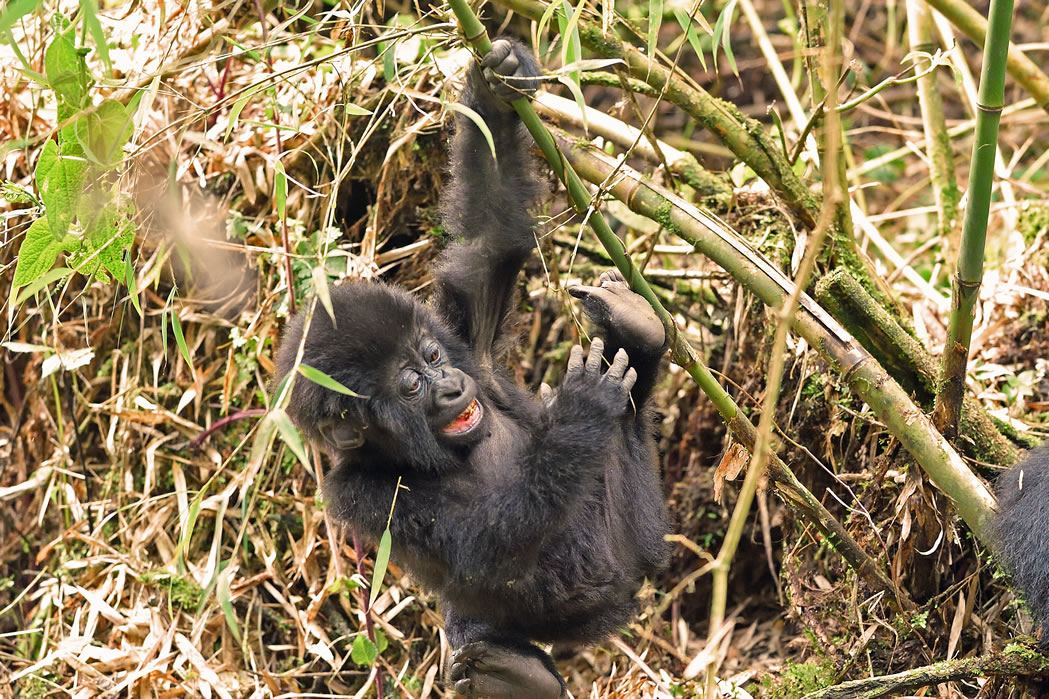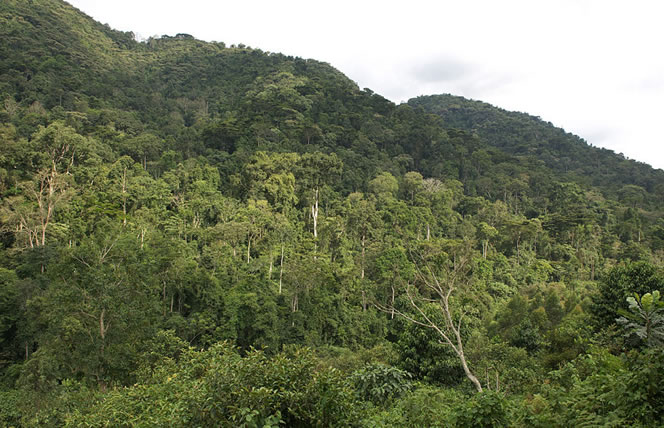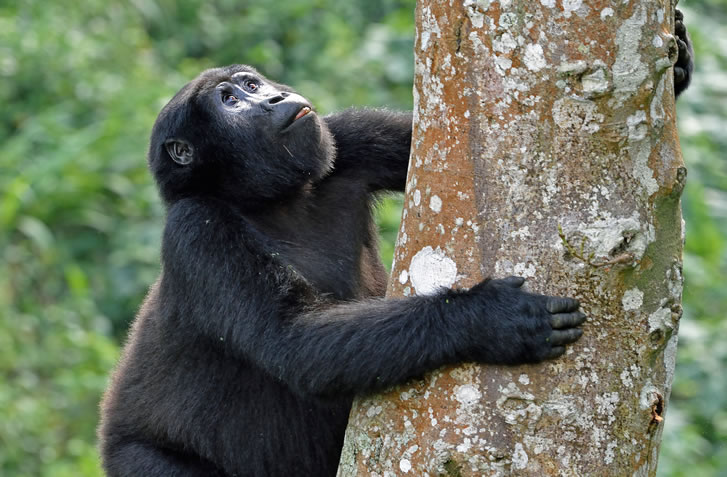How To Access Bwindi Impenetrable Forest National Park?
There is nothing more stressing than getting lost while on your way to your dream destination. Imagine you are on self drive safari or even guided tour to Bwindi Impenetrable Forest National Park and along the way you drive for kilometers off road and only to be told that you got lost. Not only can this be a waste of time but also a waste of money a fact that fuel will be consumed to return to the right route.
Bear in mind that there is no one who is perfect on the road so, if you are planning to spend your next vacation in the splendid Bwindi National Park, there is need for you to be well versed with different routes. This park is located in southwestern Uganda and it is about 8 to 10 hours’ drive from Kampala which also 46 kilometers from Entebbe International Airport that is a major entry point to Uganda. If you are planning to spend a holiday in this park, you will need at least 3 days and more a fact that you will spend an entire day driving from Kampala and the next day will be for you to engage in various activities at the park.
However, if you are from the neighboring Rwanda, 2 days are enough to get to Bwindi and take park in the gorilla safari adventure. This route is from Kigali Airport to Kisoro town through Cyanika boarder or Kabale town through Gatuna boarder.
Bwindi National Park can be reached by road and air. If you opt to drive, you will choose among the many routes that take you up to the park. If you are at Queen Elizabeth National Park for a tour, you can drive from Mweya to Bwindi approximately 160 kilometers’ drive and you will spend at least three to four hours driving. Equally, you can start your safari from Kampala to Kabale via Kanungu to Buhoma area and this is tarmac route and covers over 414 kilometers.
The other route also starts from Kampala to Ntungamo to Rukungiri and then to Buhoma area approximately 390 kilometers’ drive on tarmac and 82 kilometers on murram route. You may as well as set off from Kampala to Kabale to Ruhija to Buhoma about 95 kilometers and the other begins from Kampala to Kabale to Nkuringo sector.
Alternatively, you can use a bus from Kampala to Butogota where you will rent a taxi that will connect you to Buhoma sector. However, you won’t find a public transport means at Nkuringo but there are some cars for you to rent around Kisoro and Kabale towns. But to be on safer side, it is better that you plan your vacation with a recognized travel agent which is well versed with routes and attractions for you to enjoy along the way.
For those of you who have short time in Uganda, then a flight is the best option for you. You can take a flight from Entebbe International Airport and Kajjansi Airfield and then land in Kisoro or at Kayonza airstrip if you are to track gorillas in Buhoma area.
If you are tracking gorillas in Southern Bwindi National Park (Nkuringo or Rushaga sectors), then you fly to Kisoro airstrip. Aerolink Uganda offers daily scheduled flights from Entebbe International airport to different airstrips in Uganda such as Kihihi, Kisoro, Pakuba, Apoka and Bugungu among others. There are also charter flights offered by Kampala aero club.

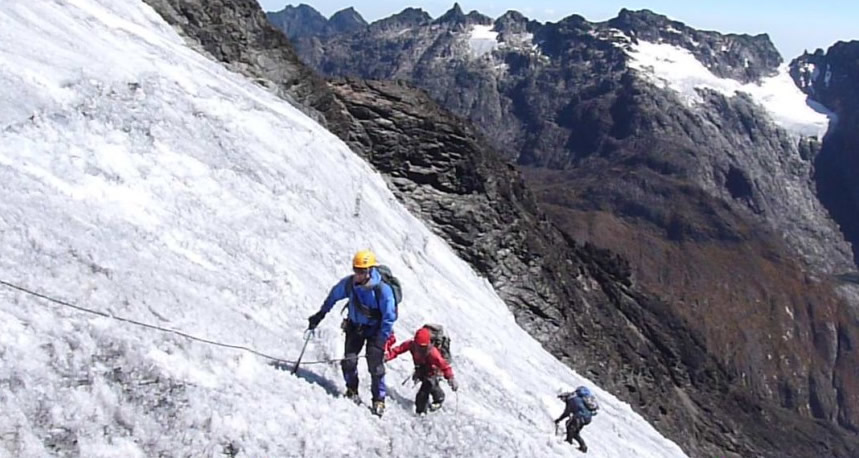
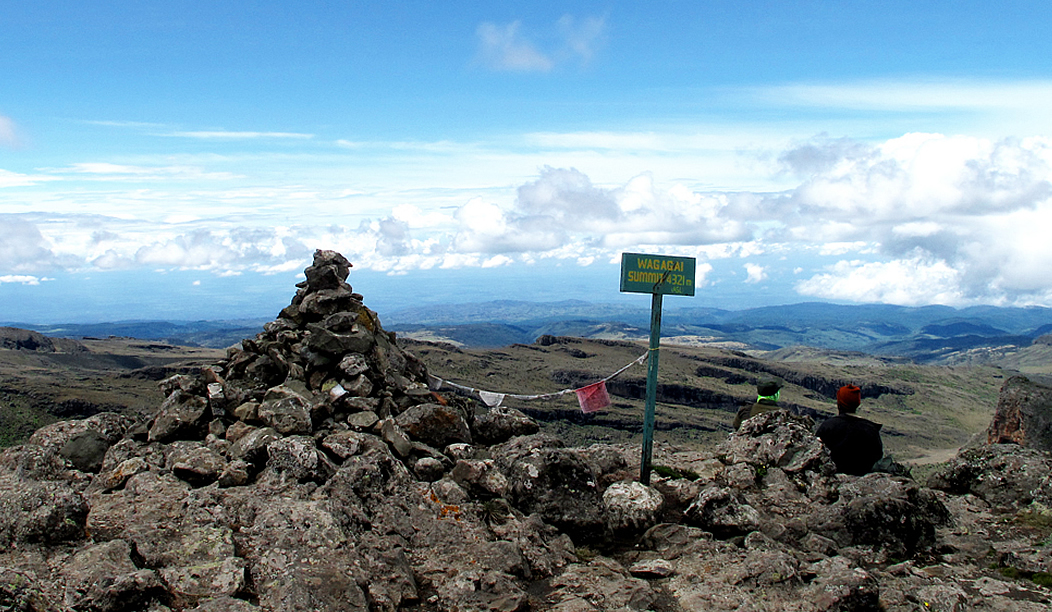 Mt. Elgon lies at an altitude of over 4000m above sea level with the largest volcanic base in the world. Located on the Uganda-Kenya border it is also the premier and largest solitary, volcanic mountain in East Africa. Its vast form, 80km in diameter, rises more than 3,000m above the neighboring plains. The mountain’s cool heights offer respite from the hot plains below, with the higher altitudes providing a safe haven for the growth of flora and fauna.
Mt. Elgon lies at an altitude of over 4000m above sea level with the largest volcanic base in the world. Located on the Uganda-Kenya border it is also the premier and largest solitary, volcanic mountain in East Africa. Its vast form, 80km in diameter, rises more than 3,000m above the neighboring plains. The mountain’s cool heights offer respite from the hot plains below, with the higher altitudes providing a safe haven for the growth of flora and fauna.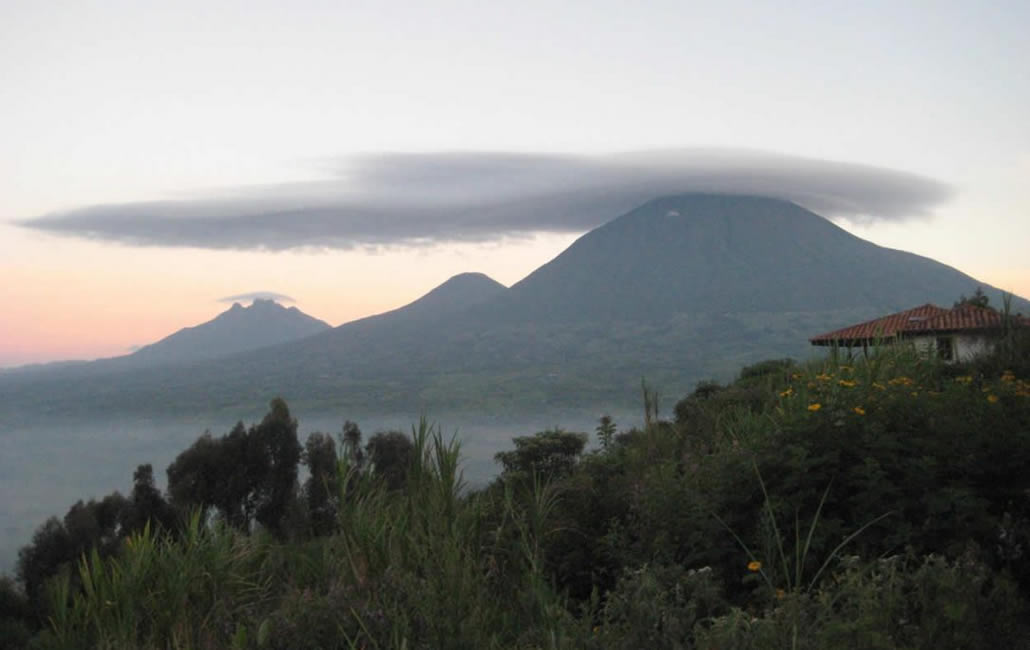 This is an extinct volcano found in Kisoro, and one of the Virunga Mountains, lying across the border between Rwanda and Uganda. It’s the third (3rd) highest mountain of the eight major mountains in the Virunga ranges reaching up to 4,127m (13,540 feet).
This is an extinct volcano found in Kisoro, and one of the Virunga Mountains, lying across the border between Rwanda and Uganda. It’s the third (3rd) highest mountain of the eight major mountains in the Virunga ranges reaching up to 4,127m (13,540 feet).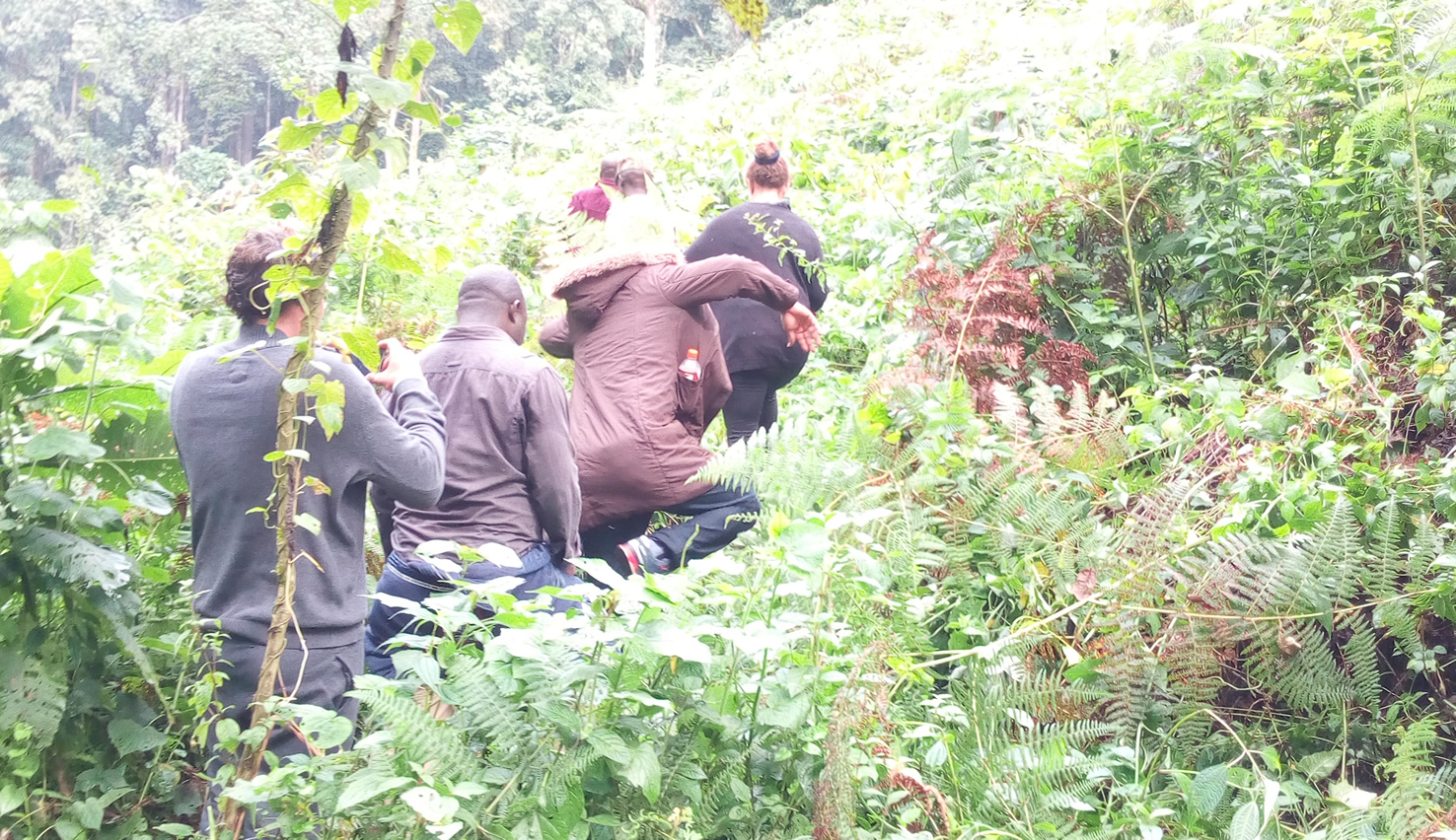 Hiking through the
Hiking through the 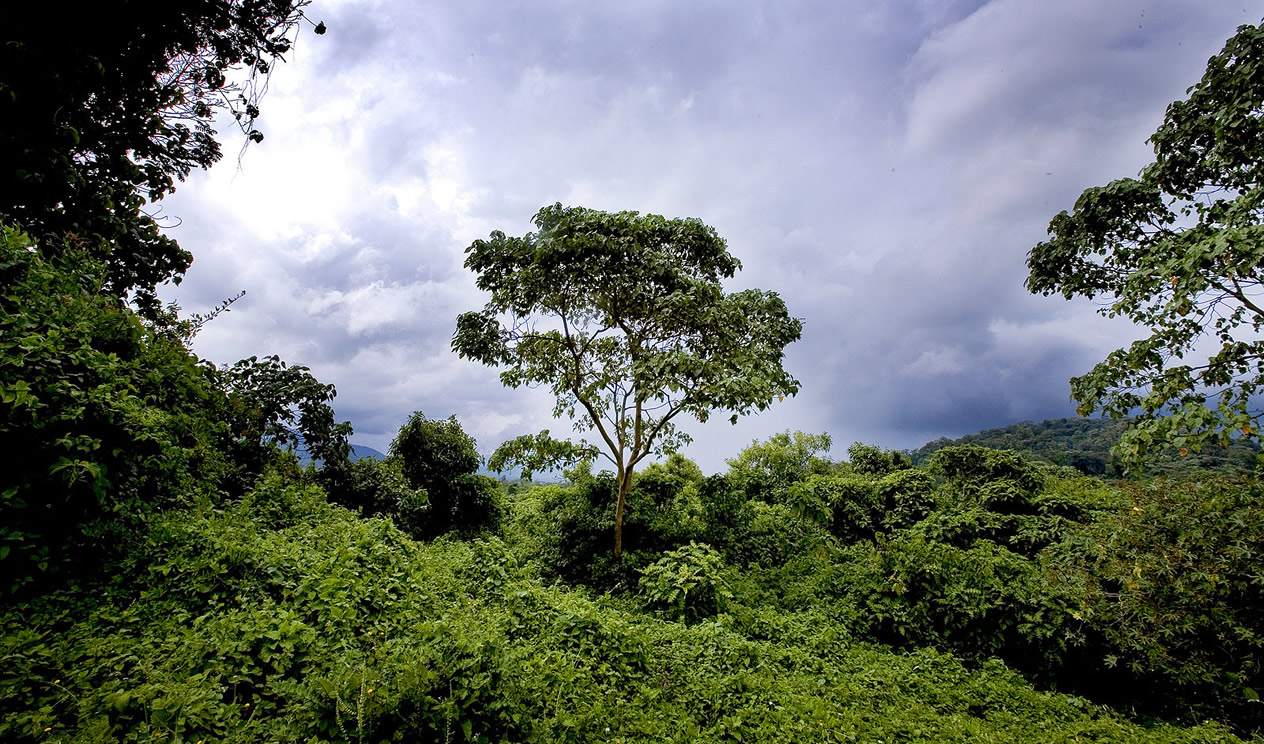
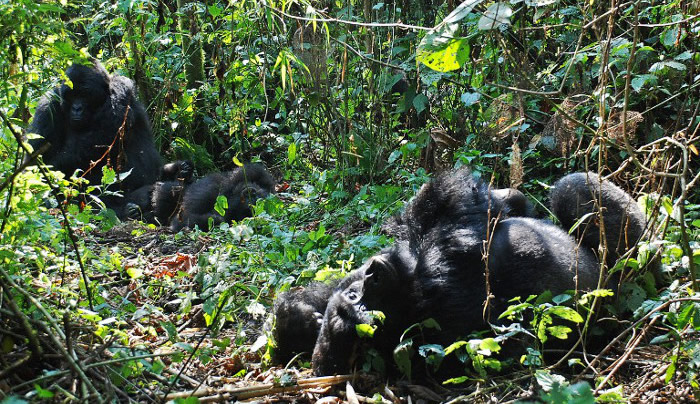
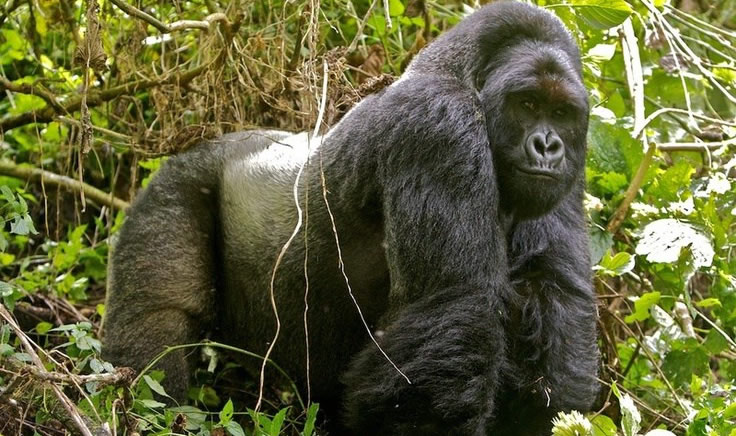
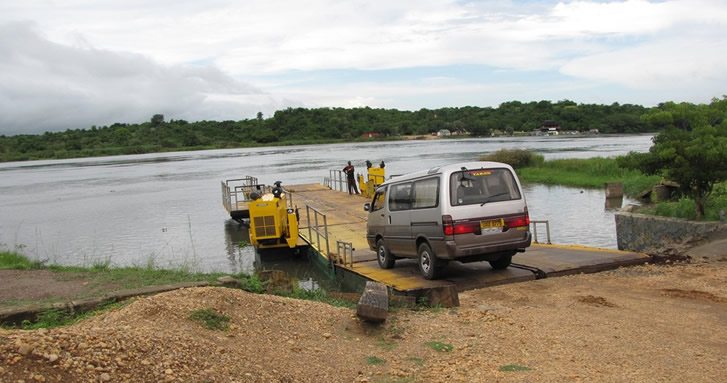
 A self drive safari in Uganda is best when you take a 4×4 safari vehicle that can navigate through the terrains and all kind weather conditions in the remotest areas where most attractions are found in the country. You can make your choice along Land Cruiser Prado, Safari Land Cruiser, Toyota Rav4, Nissan Patrol, Super Custom and Safari Minivan.
A self drive safari in Uganda is best when you take a 4×4 safari vehicle that can navigate through the terrains and all kind weather conditions in the remotest areas where most attractions are found in the country. You can make your choice along Land Cruiser Prado, Safari Land Cruiser, Toyota Rav4, Nissan Patrol, Super Custom and Safari Minivan. We have petrol and diesel fueled vehicles and you choose the one which is best for you. The rates also differ based on the fuel type.
We have petrol and diesel fueled vehicles and you choose the one which is best for you. The rates also differ based on the fuel type.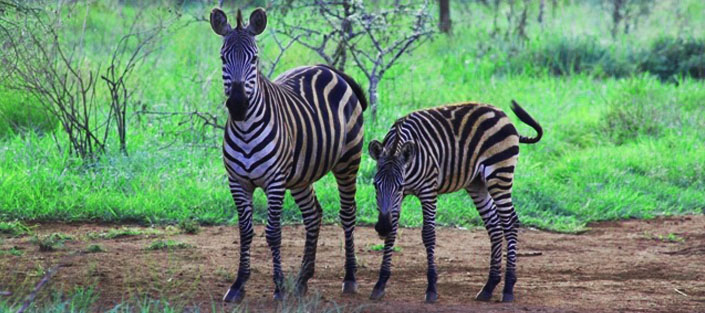
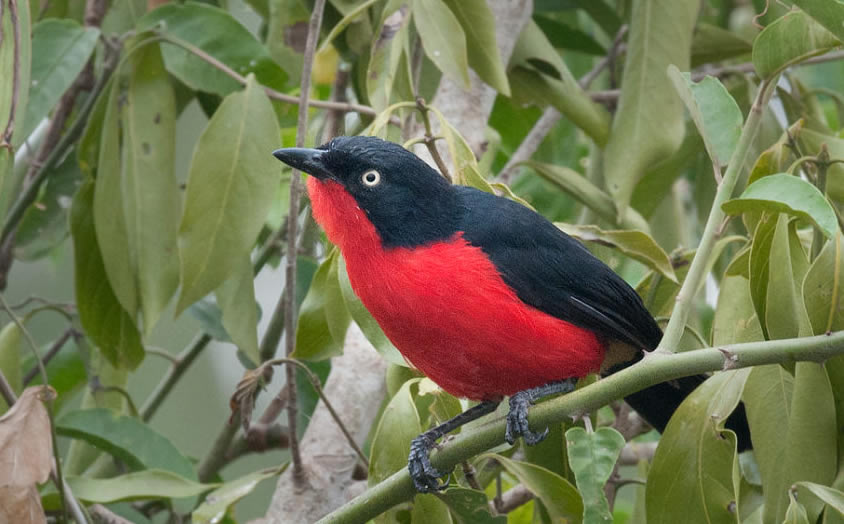 Besides wildlife, Akagera national park isa best spot for bird watching. The national park is a home to over 520 bird species some of which are endemic to the area hence a golden opportunity for travelers to see theserare bird species. Expect to see white-collared Oliveback, red faced barbet, Sousa’s shrike, Black headed Gonalek papyrus canary, Serinus koleinsis, saddle-billed stork, Fork railed drangoross’s turaco, African fish eagle, herons, Egrets, Crested barbet, open billed stork Marabou storks, Robinchat, African fish eagle. Birds are mostly seen in the swamps, forest areas and on the shores of lake ihema especially during a boat cruise. Travelers are reminded to come along with binoculars, which help to spot birds even a far distance.
Besides wildlife, Akagera national park isa best spot for bird watching. The national park is a home to over 520 bird species some of which are endemic to the area hence a golden opportunity for travelers to see theserare bird species. Expect to see white-collared Oliveback, red faced barbet, Sousa’s shrike, Black headed Gonalek papyrus canary, Serinus koleinsis, saddle-billed stork, Fork railed drangoross’s turaco, African fish eagle, herons, Egrets, Crested barbet, open billed stork Marabou storks, Robinchat, African fish eagle. Birds are mostly seen in the swamps, forest areas and on the shores of lake ihema especially during a boat cruise. Travelers are reminded to come along with binoculars, which help to spot birds even a far distance.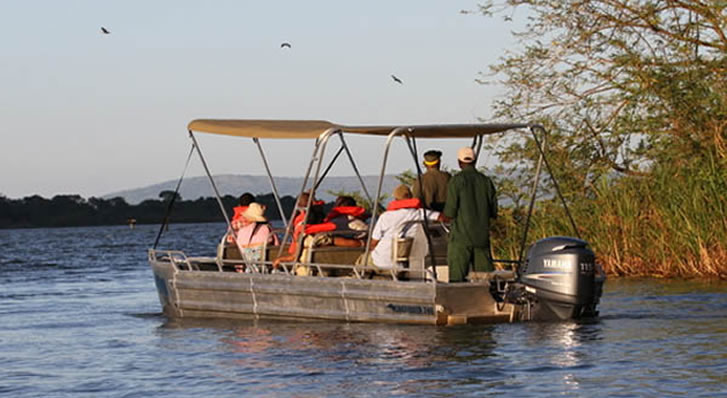 Done on lake ihema, boat cruising is a not miss on your safari to Akagera national park. The ride at the lake rewardyou with great views of hippos, buffalos, crocodiles on the shores which experience cannot be got else where in Akagera national park. Additionally, expect to see a variety of birds such as shoebill stork, fly egrets and red-billed stork among otters. More still, a boat cruise provide you with a fresh feeling of fresh airs as well as spectacular views of the neighboring communities. Boat cruising is mostly done in the afternoon hence a best way to relax and chill.
Done on lake ihema, boat cruising is a not miss on your safari to Akagera national park. The ride at the lake rewardyou with great views of hippos, buffalos, crocodiles on the shores which experience cannot be got else where in Akagera national park. Additionally, expect to see a variety of birds such as shoebill stork, fly egrets and red-billed stork among otters. More still, a boat cruise provide you with a fresh feeling of fresh airs as well as spectacular views of the neighboring communities. Boat cruising is mostly done in the afternoon hence a best way to relax and chill.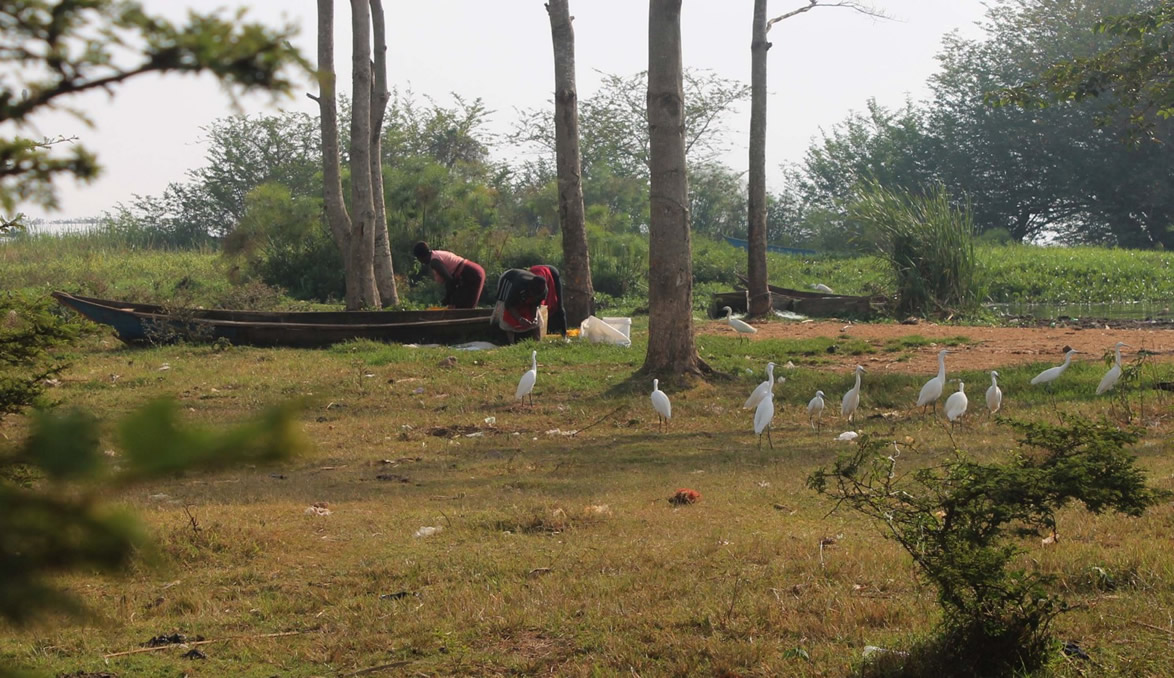 Nabajjuzi covers an area of 21.44 square kilometers (2144 hectares), has an elevation of 1200 to 1300 meters above sea level and stretches north-wards along the Nabajjuzi Valley for 40 kilometers from Masaka Town to its confluence with the premier swamp of River Katonga that flows into the vast Lake Victoria, hence making Nabajjuzi one of the tributaries if the Katonga River basin.
Nabajjuzi covers an area of 21.44 square kilometers (2144 hectares), has an elevation of 1200 to 1300 meters above sea level and stretches north-wards along the Nabajjuzi Valley for 40 kilometers from Masaka Town to its confluence with the premier swamp of River Katonga that flows into the vast Lake Victoria, hence making Nabajjuzi one of the tributaries if the Katonga River basin.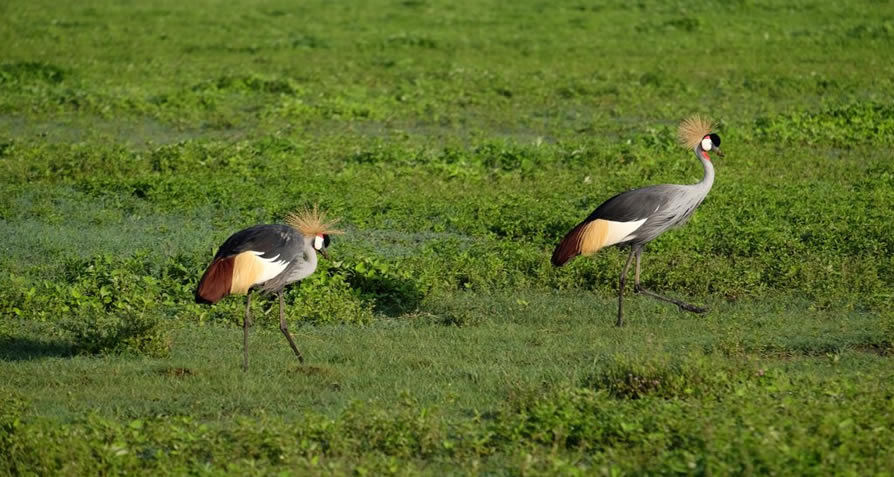 The Nabajjuzi wetland offers shelter to several mammal species including the sitatunga, a swamp-dwelling antelope that is globally threatened and specie of national importance. Additionally, the wetland is an Important Bird Area sheltering several threatened and vulnerable bird species such as the Papyrus yellow warbler, shoebill storks and the Papyrus Gonolek but is also a home and breeding zone for the exceptional Grey crowned crane, Uganda’s National Bird.
The Nabajjuzi wetland offers shelter to several mammal species including the sitatunga, a swamp-dwelling antelope that is globally threatened and specie of national importance. Additionally, the wetland is an Important Bird Area sheltering several threatened and vulnerable bird species such as the Papyrus yellow warbler, shoebill storks and the Papyrus Gonolek but is also a home and breeding zone for the exceptional Grey crowned crane, Uganda’s National Bird.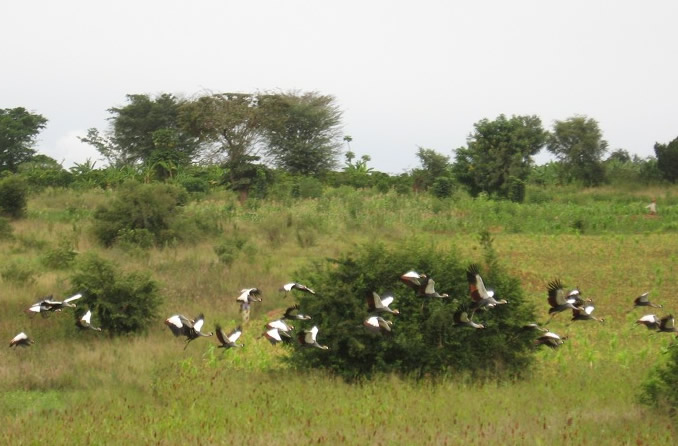 Besides the exceptional attractions, Nabajjuzi wetland is the main source of piped water for the people of Masaka Town but one of the challenges is the nearby tannery that discharges effluent into the wetland which is less than 400 meters from the water extraction and treatment plant. However, the high population around the southern part of the wetland is mainly characterized by the sub-urban residents of Masaka district and the other Townships whereas the communities in the northern part are mainly rural with subsistence lifestyles but both communities depend deeply on the water from the site with the latter using the wetland for grazing but also harvest several swamp products for medicine, thatching and crafts.
Besides the exceptional attractions, Nabajjuzi wetland is the main source of piped water for the people of Masaka Town but one of the challenges is the nearby tannery that discharges effluent into the wetland which is less than 400 meters from the water extraction and treatment plant. However, the high population around the southern part of the wetland is mainly characterized by the sub-urban residents of Masaka district and the other Townships whereas the communities in the northern part are mainly rural with subsistence lifestyles but both communities depend deeply on the water from the site with the latter using the wetland for grazing but also harvest several swamp products for medicine, thatching and crafts.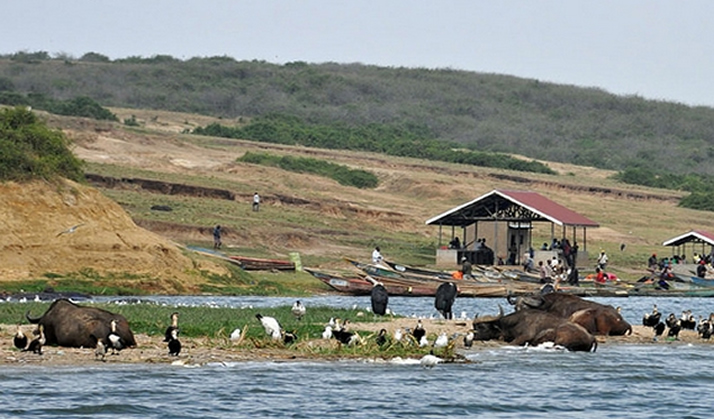 The Northern shores of
The Northern shores of  Just like most beautiful attractions in the African Continent, Lake Edward attracted the interest of popular European Explorers including Henry Morton Stanley who is said to have first seen the Lake in 1888 during the Emin Pasha Relief Expedition. This Lake was named after Prince Albert Edward, Prince of Wales and son to then British Queen Victoria who later became King Edward VII. However, it was renamed Lake Idi Amin by the Uganda and Zaire Government (former Democratic Republic of Congo) in 1973 after former President of Uganda-Idi Amin Dada but after he was overthrown in 1979, it regained its original name.
Just like most beautiful attractions in the African Continent, Lake Edward attracted the interest of popular European Explorers including Henry Morton Stanley who is said to have first seen the Lake in 1888 during the Emin Pasha Relief Expedition. This Lake was named after Prince Albert Edward, Prince of Wales and son to then British Queen Victoria who later became King Edward VII. However, it was renamed Lake Idi Amin by the Uganda and Zaire Government (former Democratic Republic of Congo) in 1973 after former President of Uganda-Idi Amin Dada but after he was overthrown in 1979, it regained its original name.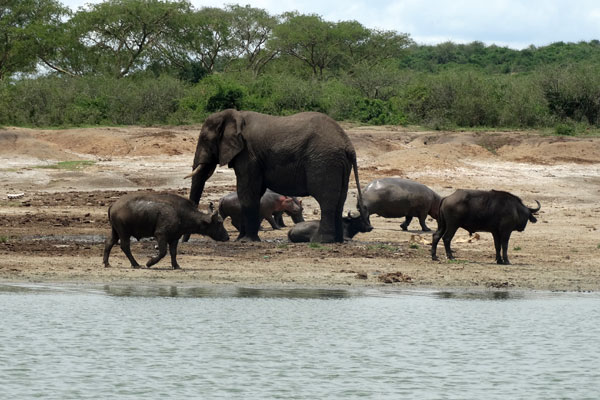 Also, Lake Edward offers shelter to several fish species including over 50 species of Haplochromis, 25 species of Haplochromine, Bagrus docmak, Sarotherodon leucostictus and Sarotherodon niloticus and many others, hence making fishing one of the most important activities among the local residents.
Also, Lake Edward offers shelter to several fish species including over 50 species of Haplochromis, 25 species of Haplochromine, Bagrus docmak, Sarotherodon leucostictus and Sarotherodon niloticus and many others, hence making fishing one of the most important activities among the local residents.